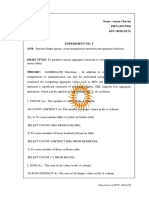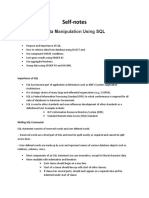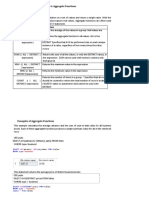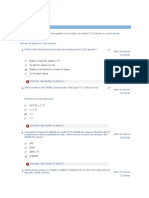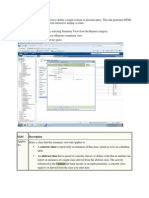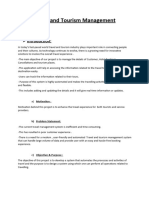0% found this document useful (0 votes)
12 views18 pages3 SQL - Aggregate Functions Group by and Order by
The document explains SQL concepts related to ordering, aggregating, and grouping data. It covers the use of the ORDER BY clause for sorting query results, aggregate functions for summarizing data, and the GROUP BY clause for grouping records with examples. Additionally, it discusses the HAVING clause for filtering grouped results based on conditions.
Uploaded by
Sanffred JojuCopyright
© © All Rights Reserved
We take content rights seriously. If you suspect this is your content, claim it here.
Available Formats
Download as PDF, TXT or read online on Scribd
0% found this document useful (0 votes)
12 views18 pages3 SQL - Aggregate Functions Group by and Order by
The document explains SQL concepts related to ordering, aggregating, and grouping data. It covers the use of the ORDER BY clause for sorting query results, aggregate functions for summarizing data, and the GROUP BY clause for grouping records with examples. Additionally, it discusses the HAVING clause for filtering grouped results based on conditions.
Uploaded by
Sanffred JojuCopyright
© © All Rights Reserved
We take content rights seriously. If you suspect this is your content, claim it here.
Available Formats
Download as PDF, TXT or read online on Scribd
/ 18
